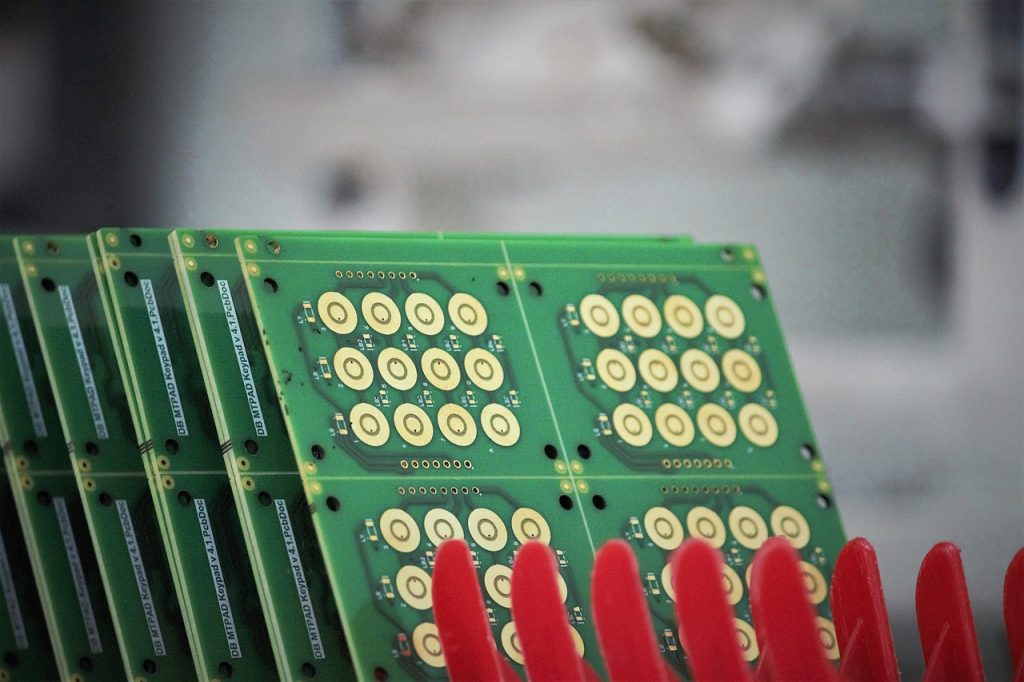The Factors Affecting SMT Soldering Quality and Effective Solutions
Introduction
Surface Mount Technology (SMT) soldering plays a crucial role in modern electronics manufacturing, enabling the assembly of compact and efficient electronic devices. However, achieving high-quality solder joints can be challenging due to various factors that can impact the soldering process. In this article, we will explore some key factors that affect SMT soldering quality and discuss potential solutions to address them effectively.
Solder Paste Quality:
Solder paste composition: Ensure that the solder paste is formulated to meet the specific requirements of the components and the soldering process. Consider factors such as lead-free vs. lead solder, flux type, and activity level.
Viscosity: Monitor and control the viscosity of the solder paste to ensure consistent and uniform deposition. Use viscosity measurement tools and adjust the paste or the printing process parameters accordingly.
Particle size distribution: Solder paste with a well-controlled particle size distribution provides better stencil release and improves solder paste printing quality. Regularly check the particle size distribution using laser diffraction or similar methods.
Soldering Temperature Profile:
Preheat: Ensure that the preheating phase brings the PCB and components to the desired temperature gradually, avoiding thermal shock and potential component damage.
Soak: Maintain a stable temperature during the soak phase to allow the flux to activate fully and promote proper wetting.
Reflow: Optimize the reflow profile by adjusting the ramp rate, peak temperature, and cooling rate to achieve the right balance between solder joint formation and minimizing thermal stress on the components.
Component Placement Accuracy:
Vision systems: Utilize advanced pick-and-place machines equipped with vision systems to align and orient components accurately. These systems can detect variations in component position, rotation, or polarity, reducing the likelihood of misalignment.
Calibration and maintenance: Regularly calibrate the placement machines to ensure precision and accuracy. Maintain and clean the nozzles, feeders, and placement heads to prevent any debris or misalignment issues.
Automated Optical Inspection (AOI): Implement AOI systems to detect and flag any component placement errors. This allows for immediate corrective actions, reducing the chances of soldering defects.
PCB Design Considerations:
Pad design: Optimize the pad geometry, including pad size, shape, and solder mask relief, to ensure sufficient solder wetting and proper solder joint formation.
Stencil design: Collaborate with stencil manufacturers to design stencils that provide consistent and accurate solder paste deposition, taking into account the component footprint and recommended solder paste volume.
Solder mask clearance: Maintain appropriate solder mask clearance around pads to avoid solder bridging and ensure proper solder joint formation.
Operator Training and Skills:
Comprehensive training programs: Develop training programs that cover the fundamentals of soldering, equipment operation, process parameters, and quality standards. Provide hands-on training to enhance the operators’ skills in component handling, solder paste application, and reflow techniques.
Continuous improvement: Encourage operators to stay updated with the latest industry trends and advancements through workshops, seminars, and certifications. Foster a culture of continuous learning and improvement within the organization.
Conclusion
Attaining high-quality soldering in SMT assembly is a multi-faceted process that involves addressing various factors that can impact the final results. By focusing on solder paste quality, optimizing the soldering temperature profile, ensuring accurate component placement, considering PCB design factors, and investing in operator training, manufacturers can significantly enhance their SMT soldering quality. Implementing these solutions will lead to improved reliability, reduced rework, and enhanced overall product performance in the ever-evolving world of electronics manufacturing.
The Factors Affecting SMT Soldering Quality and Effective Solutions Read More »


